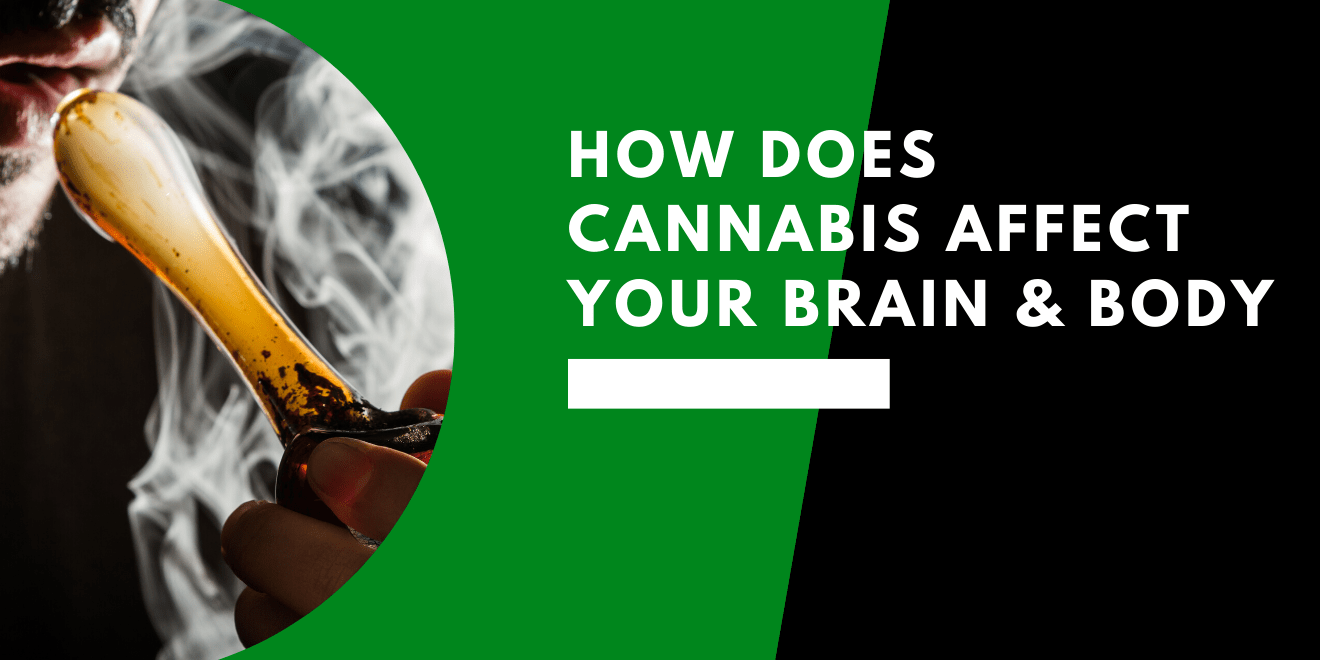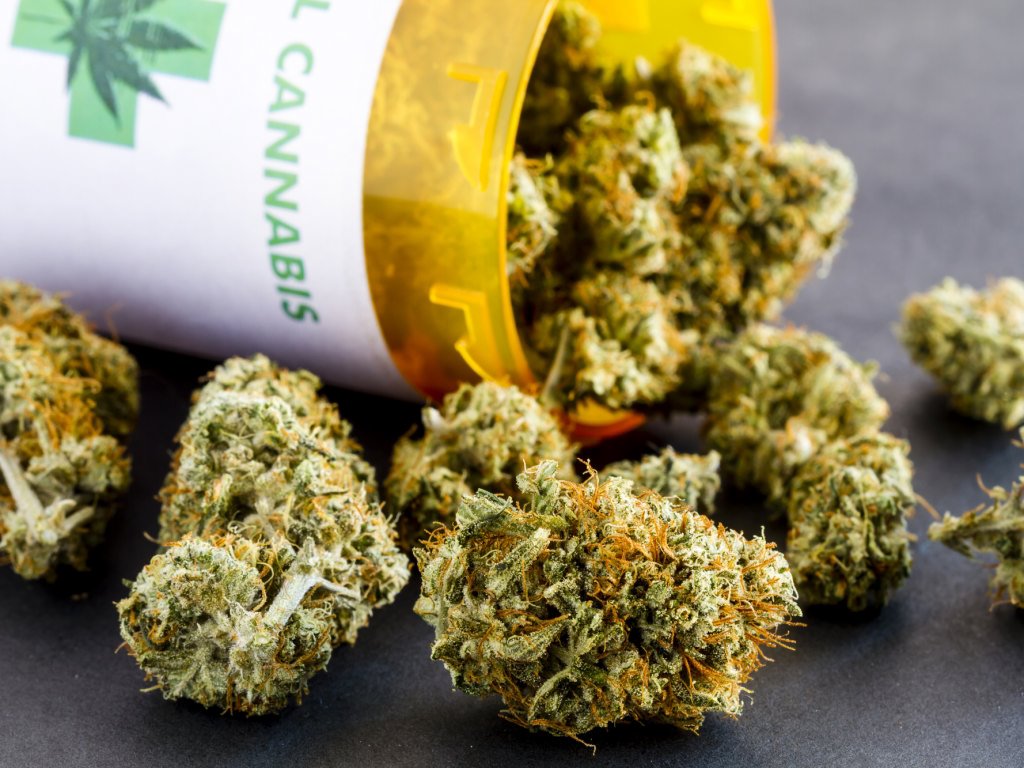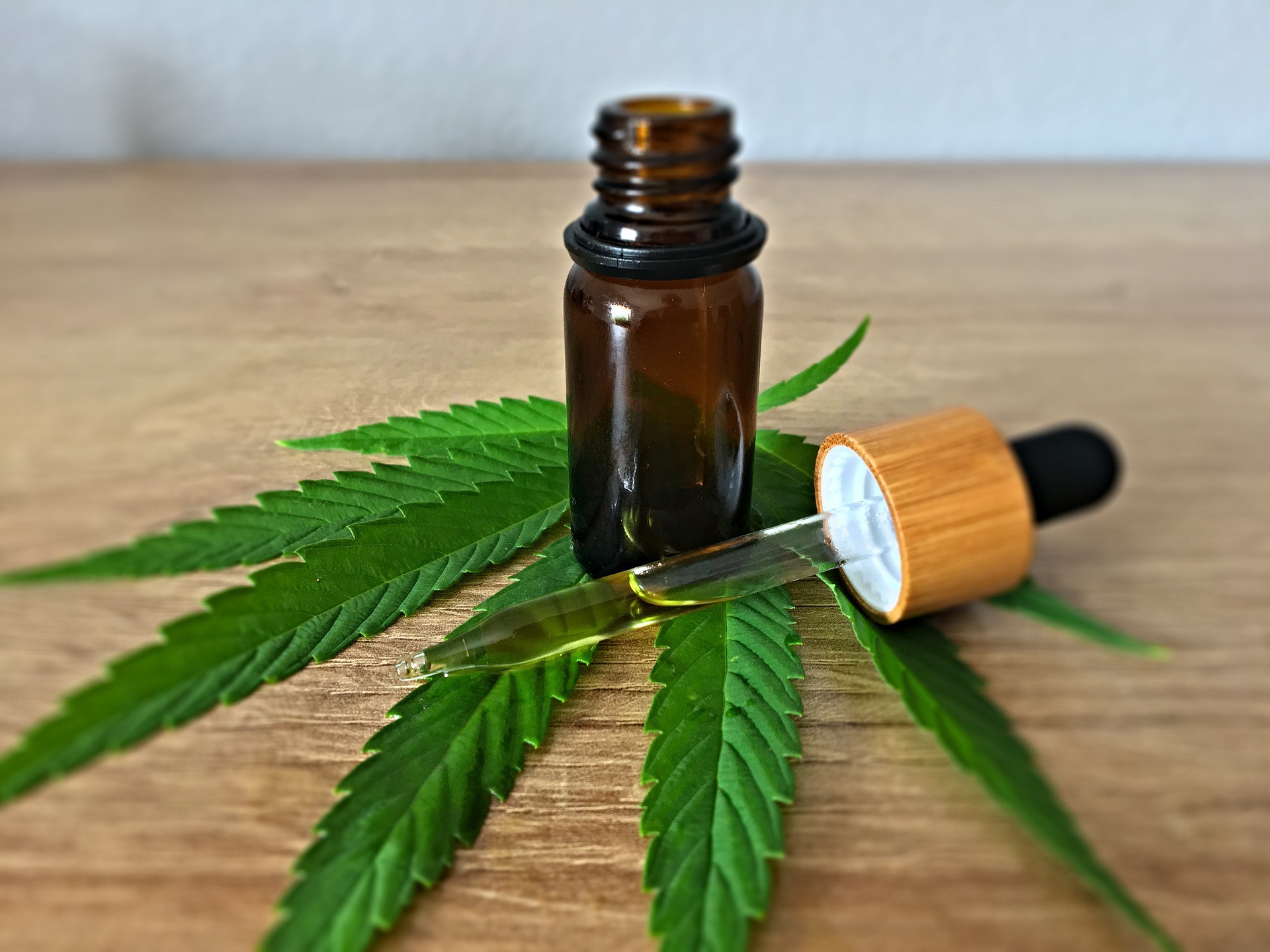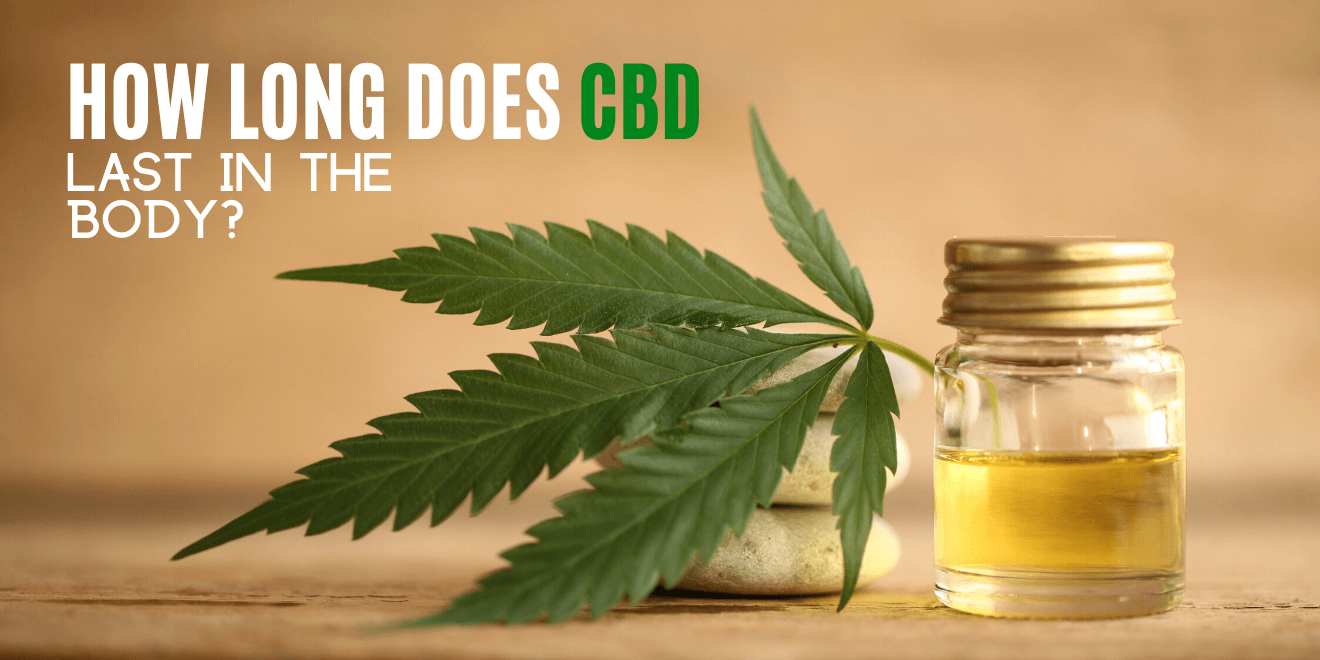Cannabis: The How, What, Why of it

According to new data, daily marijuana usage in young adults is at its highest rate in over 30 years.
With the decriminalization and legalization of cannabis use in many US states, this comes as no surprise.

At the time of writing, there are now 33 states where cannabis is legal for medical use. Of those 33 states, 11 of them have legalized the use of cannabis recreationally for adults over the age of 21.
This has led to massive increases in both medical marijuana usage and recreational usage, too. One study found that 7.8% of adults in the USA now use the drug regularly.
With the rapid rise of cannabis legalization across the USA, there are now more people than ever looking for answers to their cannabis-related questions. The most common questions are usually being to do with what effects cannabis consumption can have on our brains and our bodies.
In this article, we will break down the key areas of the cannabis plant, precisely two of the main active compounds THC and CBD , and what effects they have on our internal systems and receptors.

Tetrahydrocannabinol (THC) and cannabidiol (CBD) are two of the natural compounds that can be found in the cannabis plant. When cannabis is consumed, both THC and CBD interact with your body’s endocannabinoid system, but they do so in two slightly different ways.
Let’s break each one down.
THC is the primary psychoactive ingredient that is present in marijuana. This is the compound that is responsible for getting you “high,” which is what most recreational users are searching for.
When the THC compound enters the body, it stimulates the release of dopamine, which is a chemical that is naturally occurring in our brain. Dopamine gives most users a feeling of relaxation and euphoria; this is mainly due to the areas of the brain that dopamine triggers.
It’s the same areas that are stimulated when we experience pleasure, such as eating tasty food or during sex.
THC can help users to relax, especially if they are stressed in their normal day to day lives. It can also heighten your senses, including sight, smell, and hearing.

High levels of THC consumption are often accompanied by symptoms of fatigue and tiredness, as well as an increased appetite. These side effects increase in severity the more THC is consumed; however, it is worth noting that so far, there are no records of fatal overdoses from THC consumption.
Cannabidiol has soared in popularity recently. It has gone from being relatively nonexistent some years back to now becoming widely adopted and celebrated as one of the most exciting health trends of the moment.
This versatile compound is naturally occurring in cannabis plants and has a wide range of uses, particularly in the medical sphere. It’s not a psychoactive substance like THC, so it will not get you high. This is one of the main reasons why CBD has become so popular as a health and wellness supplement.
As mentioned earlier, CBD affects our endocannabinoid, which plays a vital role in our sleep, pain, and immune response. This is the main reason why CBD has such a wide range of use cases.
CBD has a broad-spectrum of potential medical benefits, and interestingly it can benefit users both physiologically and mentally. One of the most well-reported use cases of CBD is its possible positive effects on anxiety and depression sufferers.
[caption id="attachment_34089" align="aligncenter" width="999"] Blackboard with the chemical formula of CBD[/caption]
Blackboard with the chemical formula of CBD[/caption]
Some research suggests that CBD can affect the way that our brain responds to a chemical called serotonin. This has also been linked to a reduction in levels of stress, a decrease in the severity of insomnia, and a reduction of feelings of social anxiety and nervousness.
This process is also what gives CBD its pain-relieving properties. It is said that CBD can drastically relieve symptoms of pain in sufferers, particularly those who have chronic pain.
It is typically used by people who have arthritis , muscle pain, spinal injuries, and even pain induced by multiple sclerosis. Users can take tablets orally or can apply creams, oils, and lotions topically to the affected areas.
On top of this, CBD has strong anti-inflammatory properties. It’s worth noting that some researchers argue that this is the chief driver in the pain relief effects that users experience.
The anti-inflammatory properties also help to reduce activity in the sebaceous glands , which is where the oily substance sebum is produced. The overproduction of this is what leads to acne; therefore, CBD is often used to try and curtail this process and help to treat acne at its root cause.

So how does all this work?
Well, our endocannabinoid system is responsive to external endocannabinoids that enter the body through consumption, one of them being CBD.
We have cannabinoid receptors right throughout our body that respond differently to the endocannabinoids that they encounter. The relevant ones to our cannabis consumption and CBD, in particular, are our CB1 and CB2 receptors.
The CB1 receptors are responsible for many of our brain functions, namely our memory, mood, and our perception of pain. When CBD interacts with these receptors, it can give us a wide range of potential positive health benefits, many of which we named in this article.
CB1 is also the receptor that THC binds with to give users the psychoactive experience that they feel from smoking cannabis. (It's what delivers the 'high' feeling)
The CB2 receptors are directly linked to our immune system and inflammation response. When CBD interacts with these receptors, it can help reduce inflammation in the body and alleviate symptoms that arise from medical issues such as arthritis, acne, and irritable bowel syndrome.

Emily Wilson is a marketing specialist at Essence Cannabis Dispensary with a primary focus on the development and implementation of marketing ideas. Her main talking points are medical and recreational marijuana, marijuana marketing and advertising.

At the time of writing, there are now 33 states where cannabis is legal for medical use. Of those 33 states, 11 of them have legalized the use of cannabis recreationally for adults over the age of 21.
This has led to massive increases in both medical marijuana usage and recreational usage, too. One study found that 7.8% of adults in the USA now use the drug regularly.
With the rapid rise of cannabis legalization across the USA, there are now more people than ever looking for answers to their cannabis-related questions. The most common questions are usually being to do with what effects cannabis consumption can have on our brains and our bodies.
In this article, we will break down the key areas of the cannabis plant, precisely two of the main active compounds THC and CBD , and what effects they have on our internal systems and receptors.

Difference Between THC and CBD
Tetrahydrocannabinol (THC) and cannabidiol (CBD) are two of the natural compounds that can be found in the cannabis plant. When cannabis is consumed, both THC and CBD interact with your body’s endocannabinoid system, but they do so in two slightly different ways.
Let’s break each one down.
THC
THC is the primary psychoactive ingredient that is present in marijuana. This is the compound that is responsible for getting you “high,” which is what most recreational users are searching for.
When the THC compound enters the body, it stimulates the release of dopamine, which is a chemical that is naturally occurring in our brain. Dopamine gives most users a feeling of relaxation and euphoria; this is mainly due to the areas of the brain that dopamine triggers.
It’s the same areas that are stimulated when we experience pleasure, such as eating tasty food or during sex.
THC can help users to relax, especially if they are stressed in their normal day to day lives. It can also heighten your senses, including sight, smell, and hearing.

High levels of THC consumption are often accompanied by symptoms of fatigue and tiredness, as well as an increased appetite. These side effects increase in severity the more THC is consumed; however, it is worth noting that so far, there are no records of fatal overdoses from THC consumption.
CBD
Cannabidiol has soared in popularity recently. It has gone from being relatively nonexistent some years back to now becoming widely adopted and celebrated as one of the most exciting health trends of the moment.
This versatile compound is naturally occurring in cannabis plants and has a wide range of uses, particularly in the medical sphere. It’s not a psychoactive substance like THC, so it will not get you high. This is one of the main reasons why CBD has become so popular as a health and wellness supplement.
As mentioned earlier, CBD affects our endocannabinoid, which plays a vital role in our sleep, pain, and immune response. This is the main reason why CBD has such a wide range of use cases.
The Benefits of CBD
CBD has a broad-spectrum of potential medical benefits, and interestingly it can benefit users both physiologically and mentally. One of the most well-reported use cases of CBD is its possible positive effects on anxiety and depression sufferers.
[caption id="attachment_34089" align="aligncenter" width="999"]
 Blackboard with the chemical formula of CBD[/caption]
Blackboard with the chemical formula of CBD[/caption]Some research suggests that CBD can affect the way that our brain responds to a chemical called serotonin. This has also been linked to a reduction in levels of stress, a decrease in the severity of insomnia, and a reduction of feelings of social anxiety and nervousness.
This process is also what gives CBD its pain-relieving properties. It is said that CBD can drastically relieve symptoms of pain in sufferers, particularly those who have chronic pain.
It is typically used by people who have arthritis , muscle pain, spinal injuries, and even pain induced by multiple sclerosis. Users can take tablets orally or can apply creams, oils, and lotions topically to the affected areas.
On top of this, CBD has strong anti-inflammatory properties. It’s worth noting that some researchers argue that this is the chief driver in the pain relief effects that users experience.
The anti-inflammatory properties also help to reduce activity in the sebaceous glands , which is where the oily substance sebum is produced. The overproduction of this is what leads to acne; therefore, CBD is often used to try and curtail this process and help to treat acne at its root cause.

The Effects of CBD on Receptors
So how does all this work?
Well, our endocannabinoid system is responsive to external endocannabinoids that enter the body through consumption, one of them being CBD.
We have cannabinoid receptors right throughout our body that respond differently to the endocannabinoids that they encounter. The relevant ones to our cannabis consumption and CBD, in particular, are our CB1 and CB2 receptors.
The CB1 receptors are responsible for many of our brain functions, namely our memory, mood, and our perception of pain. When CBD interacts with these receptors, it can give us a wide range of potential positive health benefits, many of which we named in this article.
CB1 is also the receptor that THC binds with to give users the psychoactive experience that they feel from smoking cannabis. (It's what delivers the 'high' feeling)
The CB2 receptors are directly linked to our immune system and inflammation response. When CBD interacts with these receptors, it can help reduce inflammation in the body and alleviate symptoms that arise from medical issues such as arthritis, acne, and irritable bowel syndrome.

Author Bio:
Emily Wilson is a marketing specialist at Essence Cannabis Dispensary with a primary focus on the development and implementation of marketing ideas. Her main talking points are medical and recreational marijuana, marijuana marketing and advertising.




































































































